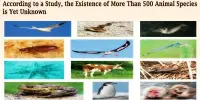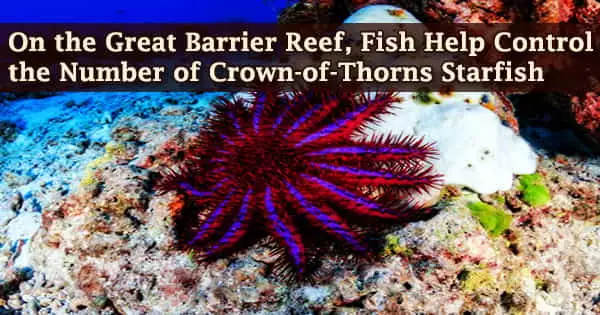A University of Texas at Austin paleobiologist has recently examined both extinct and living reptile species to better understand the devastating effects of the extinction of even a small number of reptile species in specific island regions.
The study, which was published in the Proceedings of the National Academy of Sciences, draws startling conclusions about how extinctions have resulted in the loss of up to two-thirds of the ecosystem supports that native reptile species once provided on smaller islands in the Caribbean where human impact was greatest.
This is the first study to do so with reptiles being an important element of many island ecosystems, despite similar research having looked at the importance of large mammals or other types of animals in ecosystems across time.
The study, which looked at 418 Caribbean reptile species, goes beyond simply cataloging the many living creatures that have existed in an area across time to explore what is known as functional diversity.
Instead, the paper outlines the roles played by various species in maintaining a healthy natural ecosystem. The 418 species can be collapsed into 123 functional entities: groupings of species that share the same suite of traits and may perform similar ecosystem services.
“Functional diversity is a really important measure of the health of an ecosystem,” said Melissa Kemp, an assistant professor of integrative biology at UT Austin. “It’s important to understand the number of species in a given system, but it’s equally, if not more, important to understand the roles those species play. That’s the measure of functional diversity.”
For example, when the giant tortoises of the Caribbean were hunted to extinction, the island region lost not only the tortoises but a core service the reptiles provided. Giant tortoises are important vehicles to spread plant seeds.
Functional diversity is a really important measure of the health of an ecosystem. It’s important to understand the number of species in a given system, but it’s equally, if not more, important to understand the roles those species play. That’s the measure of functional diversity.
Professor Melissa Kemp
In the Caribbean, that function was lost, and the problem was made worse by the disappearance of other large-bodied herbivores like sloths, resulting in some plants having fewer dispersal agents and smaller ranges.
The introduction of new species by humans also influences changes in functional diversity over time, often with conflicting outcomes. The mongoose is unquestionably one of the study’s invasive species villains. The tiny mammal, which resembles a weasel and feeds on reptiles, was introduced to the islands by European invaders.
“In the historical record, you can see when Europeans arrived and the mongoose was introduced, reptile species disappeared on these islands,” Kemp said.
Yet when green iguanas were brought to islands that had lost reptile-related functional diversity, the opposite happened. The green iguana filled the gaps. In fact, the species helped return functional diversity to prehistoric levels in some cases.
“While the green iguana is functionally similar to some of the native iguanas, there is concern about how it interacts with native iguanas and its long-term impacts on functional diversity,” Kemp said. “In some places where they co-occur, the invasive green iguanas are interbreeding with native iguanas.”
Kemp discovered that when smaller islands lose a group of reptile species that support the maintenance of an ecosystem to an event like the introduction of the mongoose, they lack the buffer that larger islands have. For example, the largest islands, Cuba, Jamaica, Hispaniola and Puerto Rico, retain 80%-98% of their native functional entities.
The study found that smaller islands that had limited human impact retained much of their functional diversity, too: Mona and Sombrero, two islands that are no longer inhabited, were used for limited mining after European colonization but had no large-scale agriculture, dense human population or mongoose introduced and retain 75% of their native functional entities.
The Caribbean islands are among the planet’s most biodiverse regions, with sensitive ecosystems and a plethora of species that are unique only to certain islands. The topic is crucial for conservation since more ecosystems are vulnerable to collapse without functional diversity that includes a variety of reptiles.
“It’s becoming readily apparent that we’re not going to be able to save every single species. Some are already extinct or functionally extinct in the wild,” Kemp said. “Trying to conserve the functions that organisms provide to an ecosystem might be a bigger focus moving forward.”
Funding for the research was provided by the National Science Foundation.
















